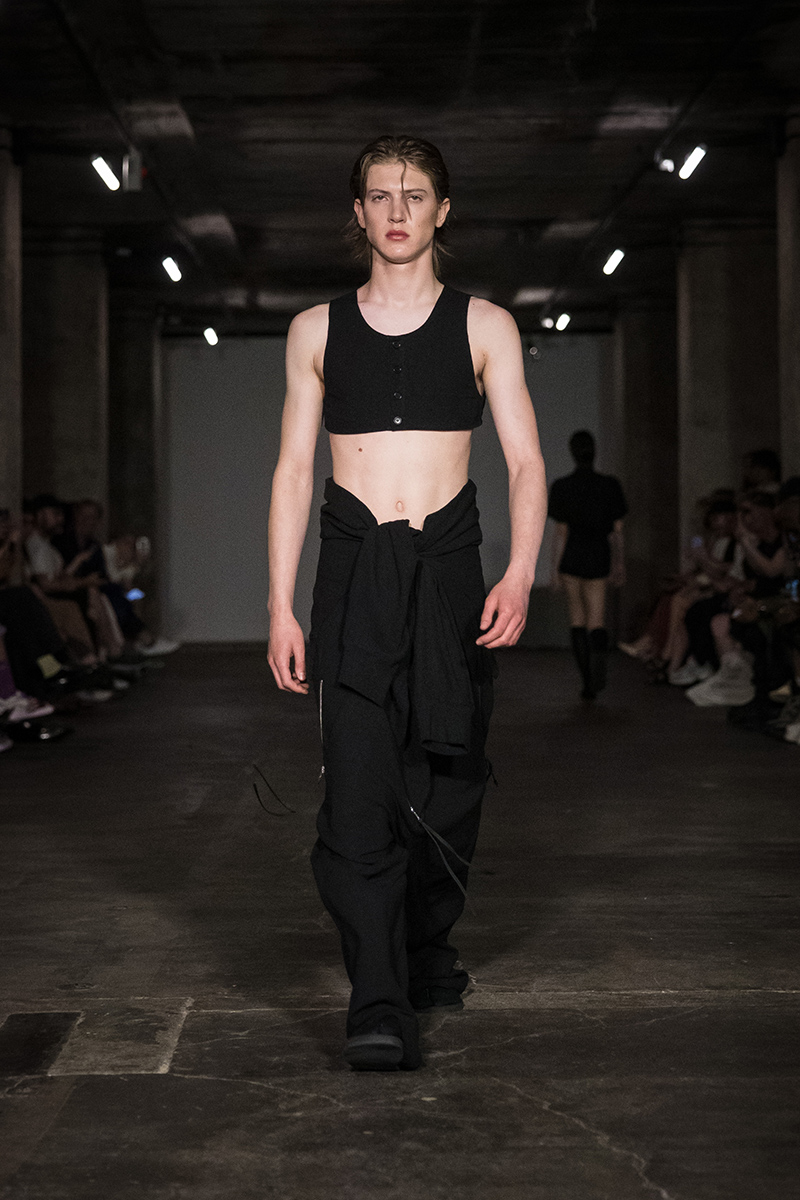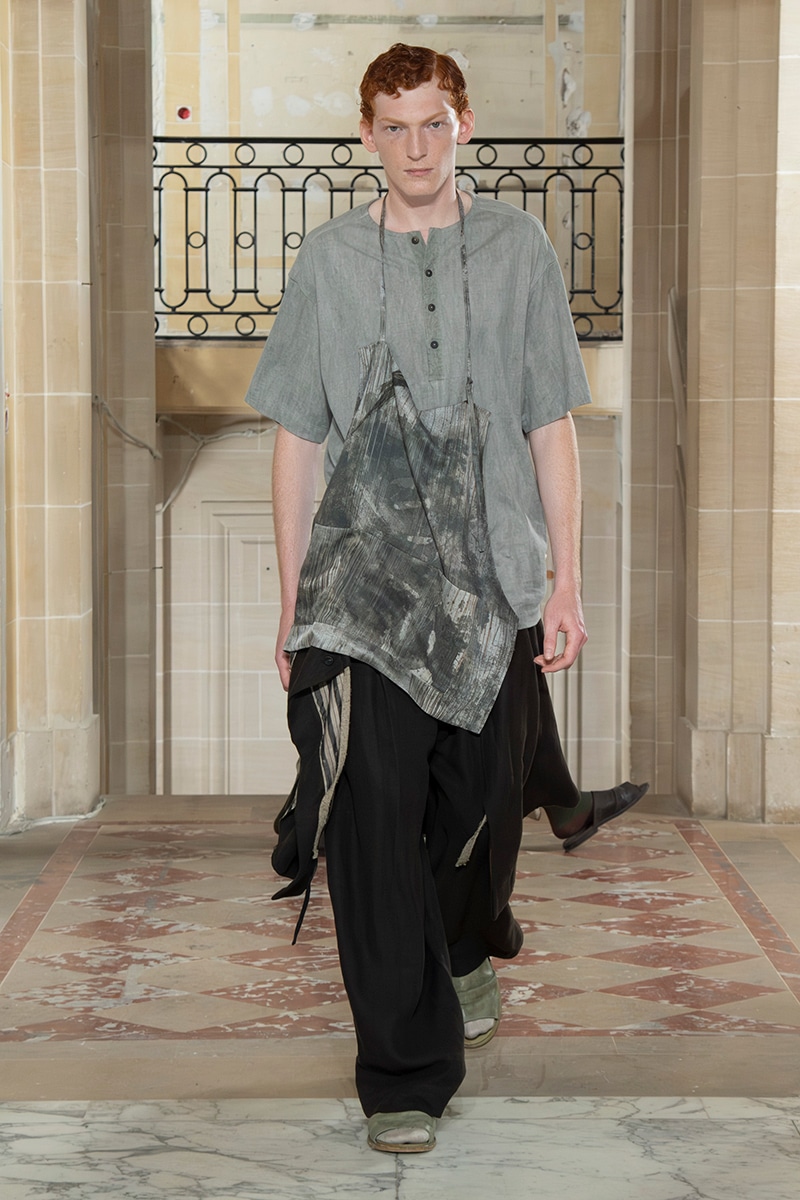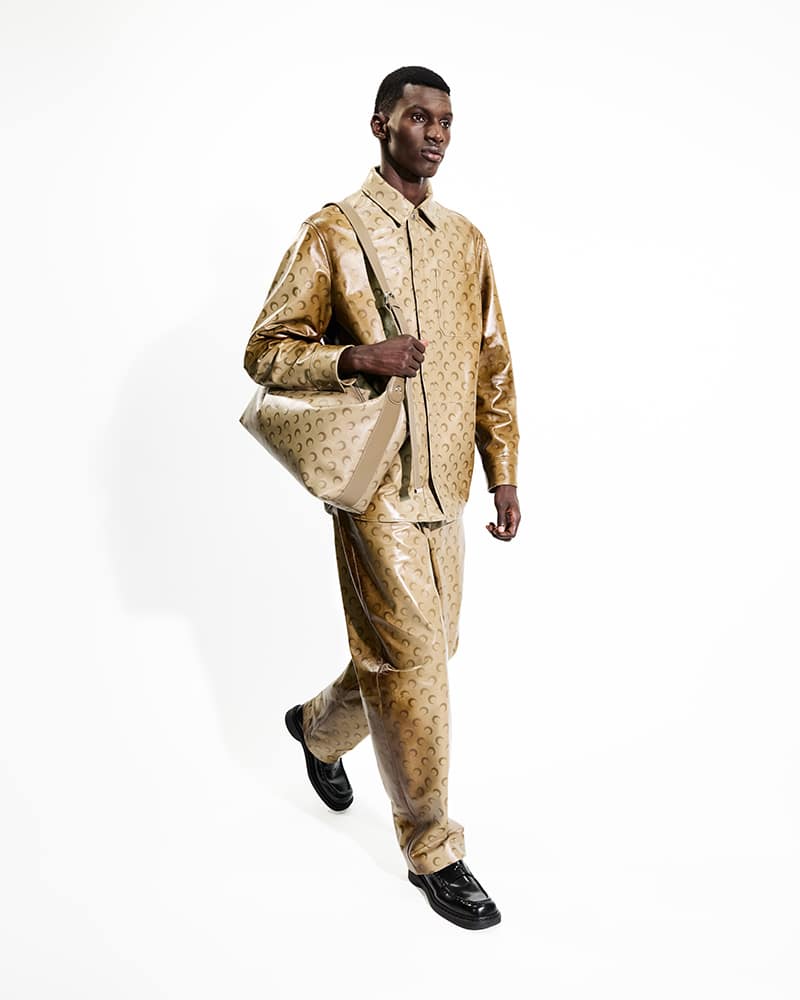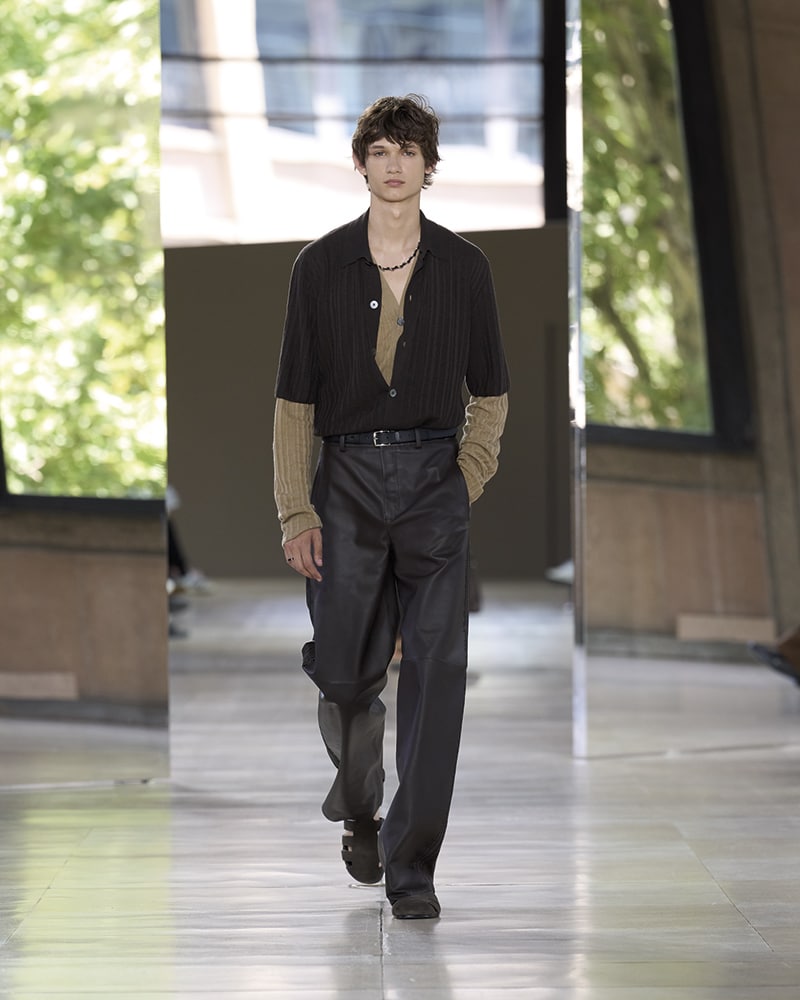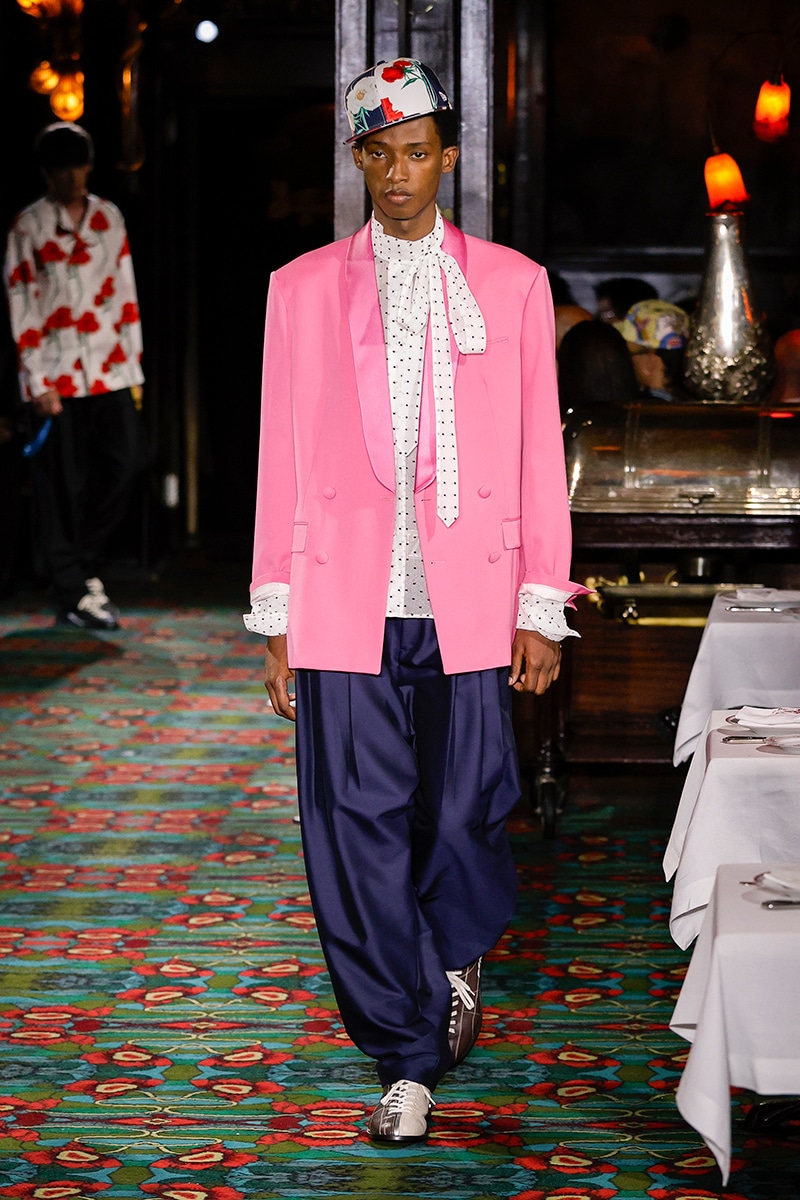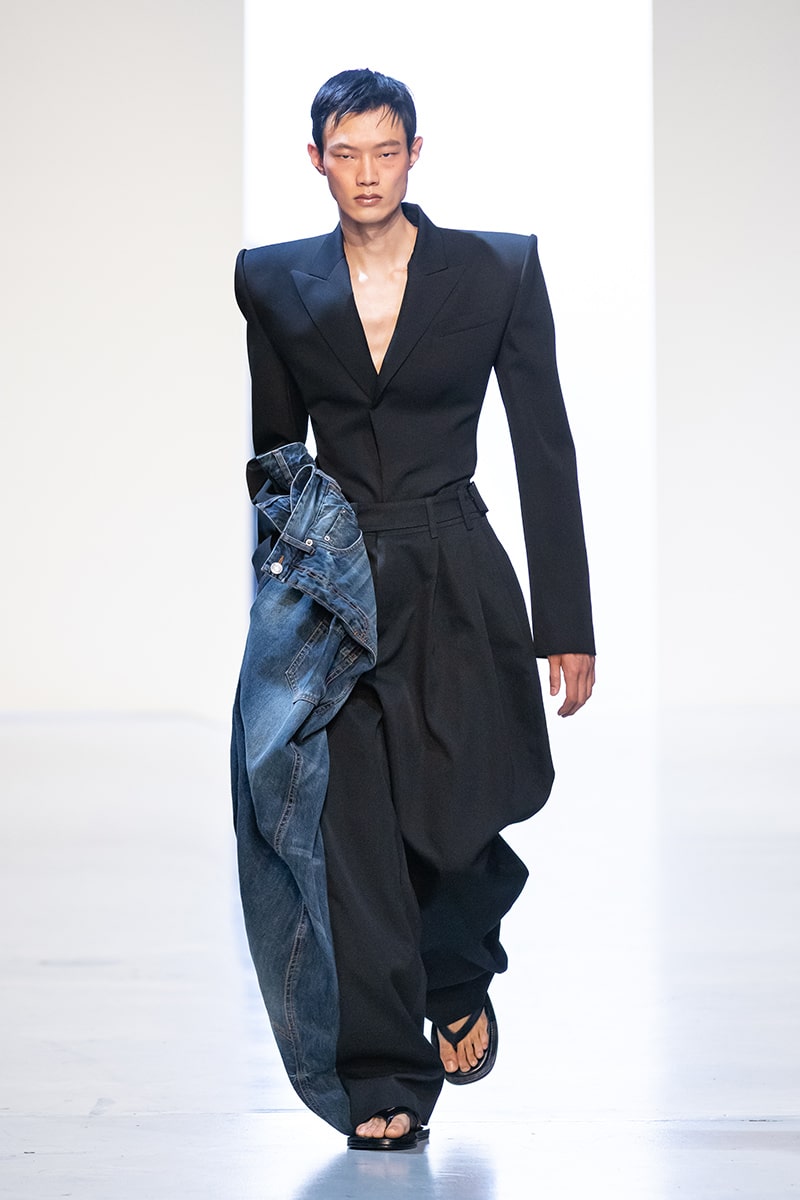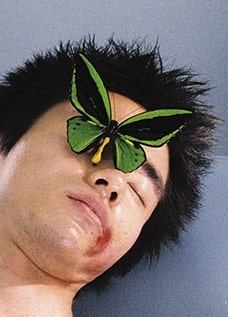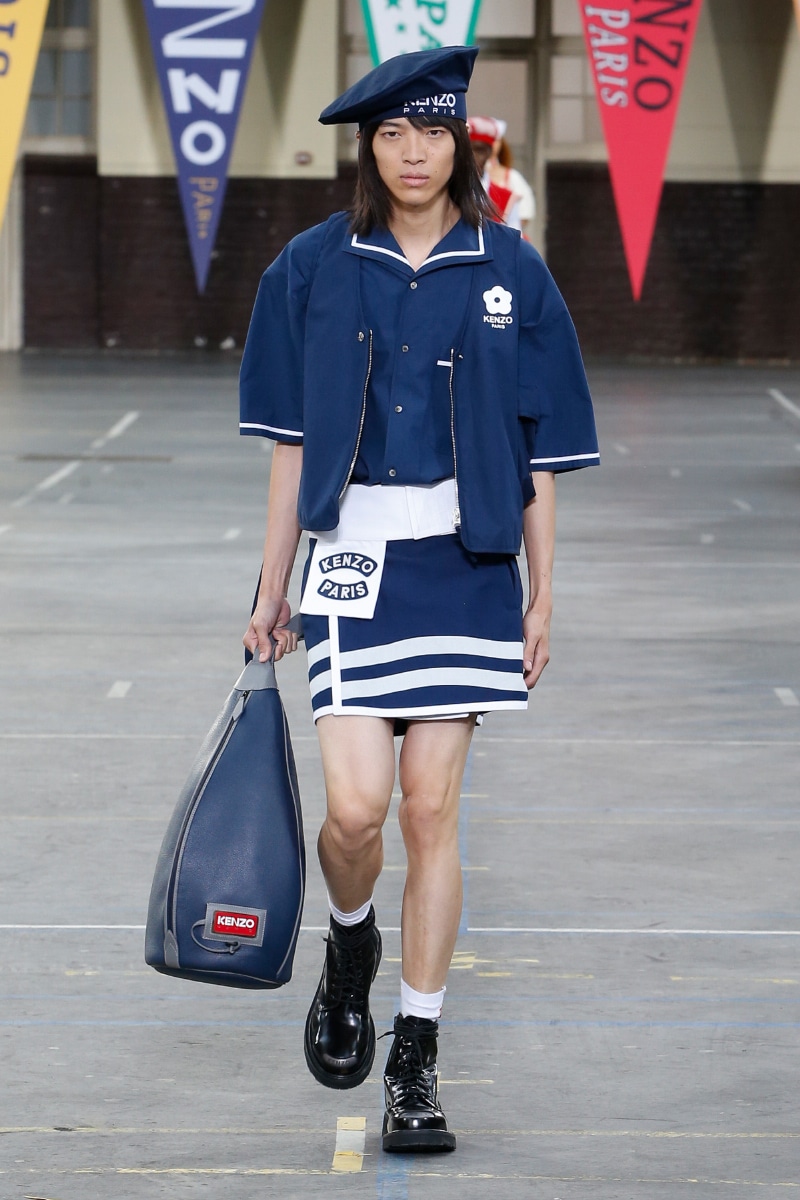































January 2022 was a date to remember and an event for the ready-to-wear and accessories brand founded by the late Kenzo Takada. That month, the Vivienne Gallery once again shone and hosted the Maison’s runway show, as its first ever show, Jungle Jap, was held at the same venue.
From that moment on, Kenzo became one of the hottest brands of the year and began to experience a sales boom, all thanks to its new creative director Nigo. And the boom hasn’t stopped but has been growing, not least because the designer has created this time around a wardrobe for everyday life that is most appealing and pleasing (visually speaking) to the senses, based on an enduring approach to fashion.
Kenzo Spring/Summer 23 is an extension and refinement of the universe established in last season’s first collection, inspired by the attitude of Kenzo Takada, who has developed his ideas from season to season. In this proposal, Nigo refines the codes of the philosophy of his practice at the maison and creates a continuity that builds on the spirit and youthful sensibility of his inaugural show.
Supported by silhouettes and new interpretations of graphics and patterns from the archive, the collection reconstructs Kenzo’s iconography through a uniquely Japanese vision of Paris, shared by the founder and his heir. For Nigo, the creative process evokes memories of his own discovery of KENZO as a teenager and the fashion that surrounded him: the DC brand boom of 1980s Japan, a time when the work of internationally recognized designers at Paris Fashion Week coexisted with a local influx of lighthearted, pop brands distinguished by their use of colorful, cartoonish animals.
All these factors led to the creation of a wardrobe composed of tailoring, workwear – varsity jackets and bombers, and waistcoats with graphic appliqués _, dresses and skirts. The suits are characterized by preppy undertones and continue to be based on the subcultural values of British tailoring that Nigo introduced to Kenzo, while the workwear is inspired by the uniforms of American railway workers and army repairmen of the 1930s and 1940s.
Nautical influences – sailor collars, caps and baton stripes – also have their share of prominence in this collection and nod to the 1980s Japanese vision of Parisian haute couture and its elevation of the maritime uniform. The motif is repeated in wavy checks and “dripping” jacquards, as well as in naval pennants, which in turn are repeated in the university pennants used on jackets, tops and foulards.
Trends such as patchwork, which he uses to reinvent the logo and labels, and numerous types of prints – florals (some pixelated), camouflage, stripes and checks – are brought back to life again for garments.
Every good collection is accompanied by shoes and accessories to match. This is precisely what happens, as we can find a new basketball shoe and a running shoe characterized by the Kenzo Smile detail and high and low loafers; a boat shoe that fuses the properties of an espadrille and a terrace shoe. Bags that evoke the codes of the young university community were the perfect allies for the look and the shoes, as were the hats that create a dialogue between Kenzo and Mühlbauer, the Viennese milliner that Nigo has frequented for fifteen years. These are available in the form of straw visors, bowler hats and tie caps that appear throughout the collection.
